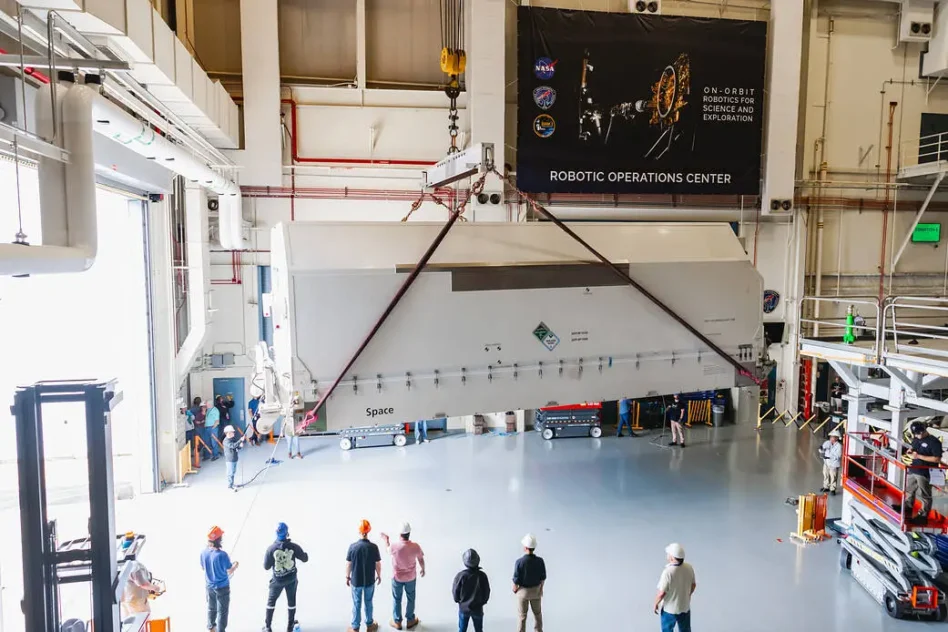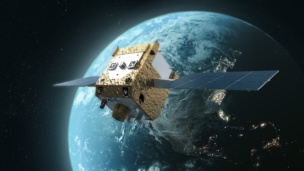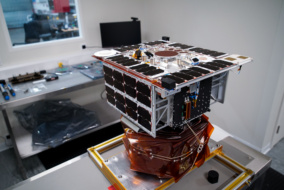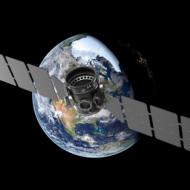NASA is canceling a robotic in-space refueling and manufacturing mission “due to continued technical, cost, and schedule challenges,” the agency announced Friday.
OSAM-1 (Orbital Servicing and Manufacturing) began in 2015 with a mission to refuel the aging Landsat-7 Earth observation satellite, later adding plans to demonstrate in-space manufacturing technology by building a comms antenna and carbon fiber beam in orbit.
However, delays plagued the program, and an October 2023 report from NASA’s inspector general blamed Maxar, which built the spacecraft bus and a robotic arm for the mission.
Ouch: “[M]uch of the project’s cost growth and schedule delays can be traced to Maxar’s poor performance on the spacecraft bus and SPIDER contracts,” the IG wrote. “Maxar underestimated the scope and complexity of the work, lacked full understanding of NASA technical requirements, and were deficient in necessary expertise.”
Maxar’s response: “Maxar Space Systems is proud to be part of the pioneering OSAM-1 mission,” the company said in a statement. “While we are disappointed by the decision to discontinue the program, we are committed to supporting NASA in pursuing potential new partnerships or alternative hardware uses as they complete the shutdown.”
Procurement notes: Maxar was taking a loss on its OSAM work, per the OIG, and the structure of the fixed-price contract prevented NASA from adding incentives to spur better work, which led to staffing issues. The space agency even had staff chip in the equivalent of $2M of work to help push the project forward.
On the bright side: When it comes to servicing satellites, the private sector may be ahead of NASA already. Northrop Grumman’s Mission Extension Vehicles have demonstrated the rendezvous and proximity operations tech required to approach other spacecraft safely and raise their orbits.
Now the company is working on a new vehicle that can refuel spacecraft. One difference: While OSAM-1’s ambitious vision was to use a robotic arm to forcibly open a path to its target’s propellant tank, industry is focused on satellites that are designed to be refueled.
However, industry still has a bit to go before it tackles the robotic manufacturing goals of OSAM-1. Companies like GITAI and Astroscale are working on robotic arms for in-orbit servicing, while Redwire Space is developing fabricators used aboard the ISS.




